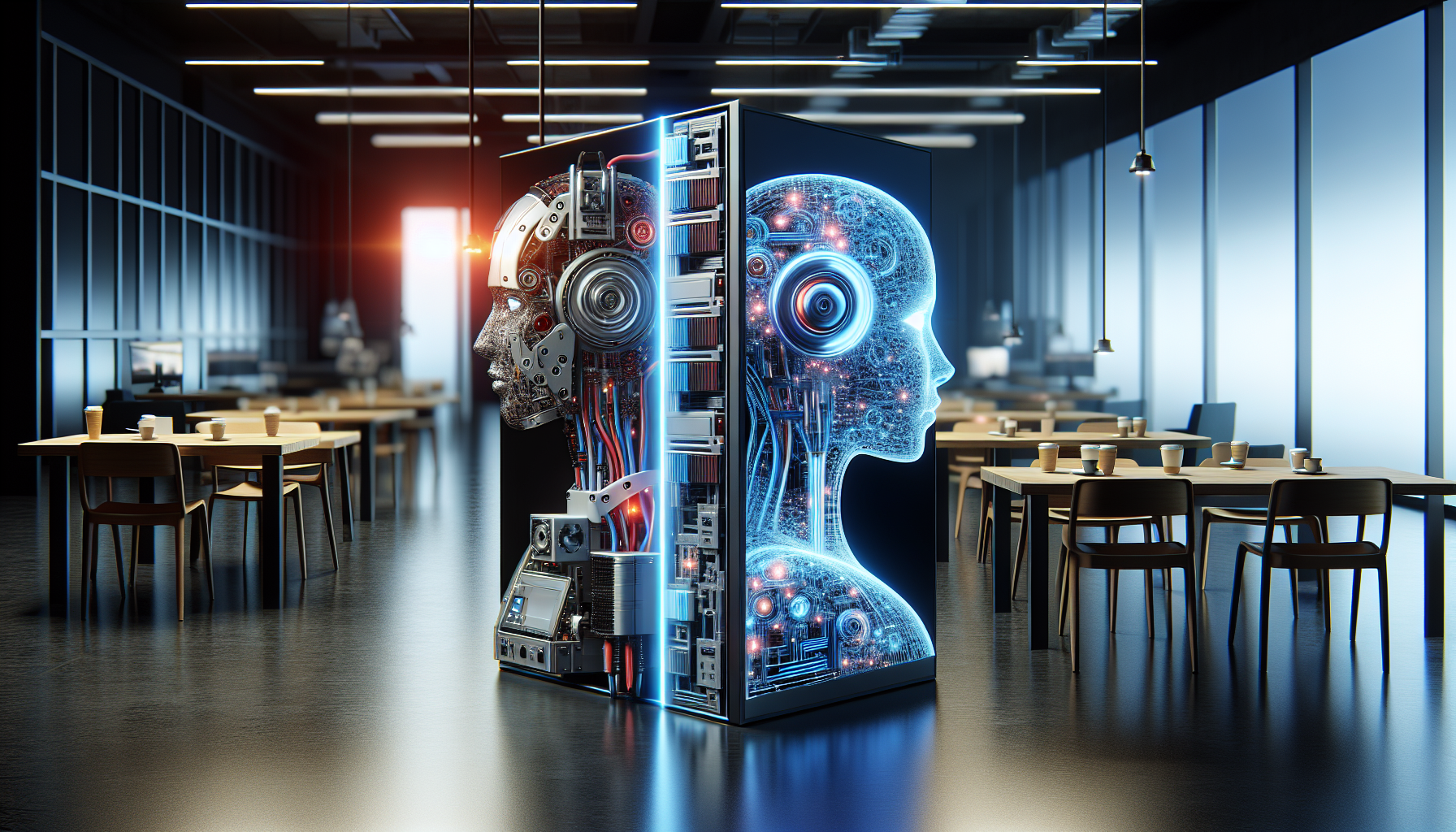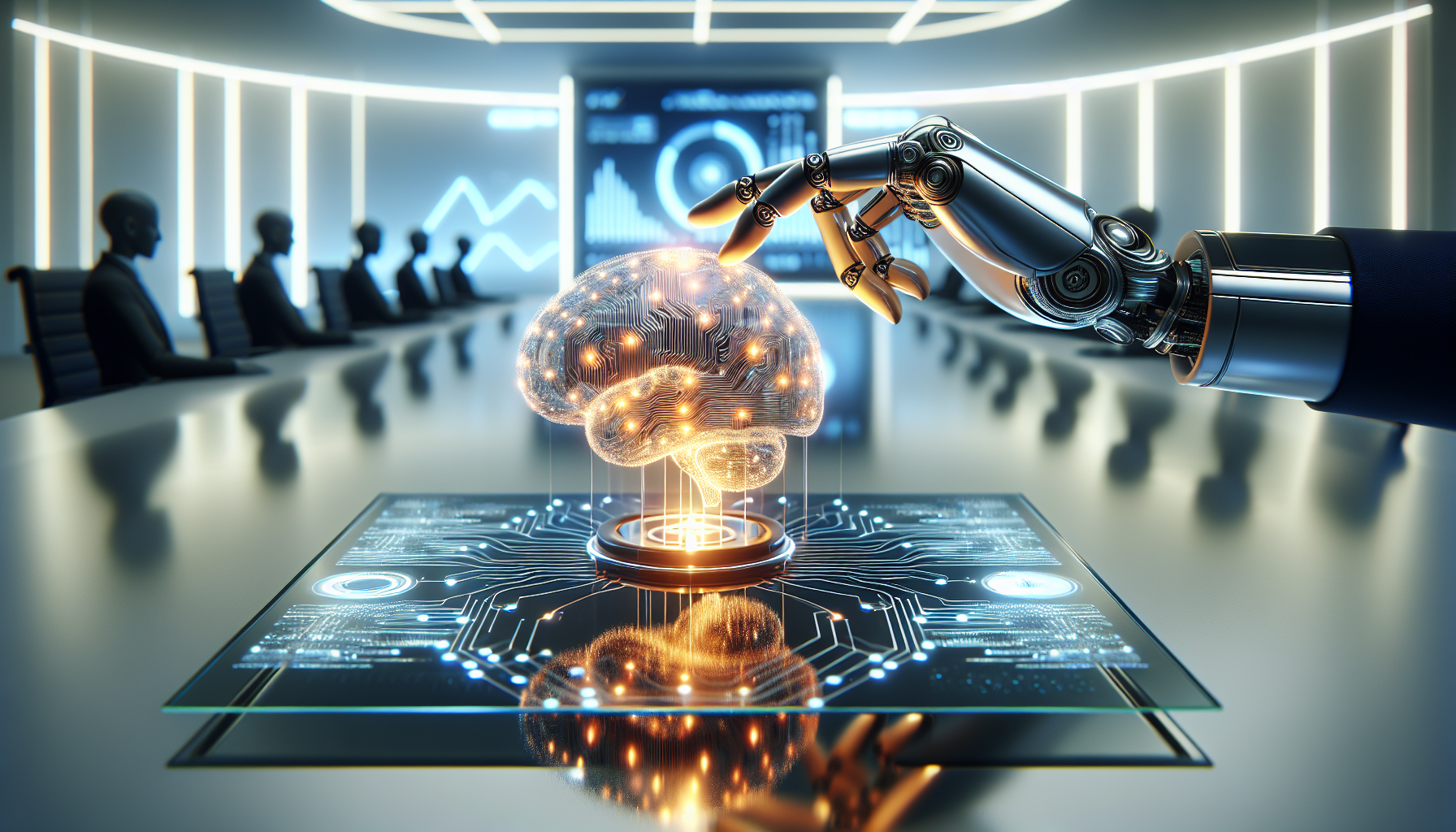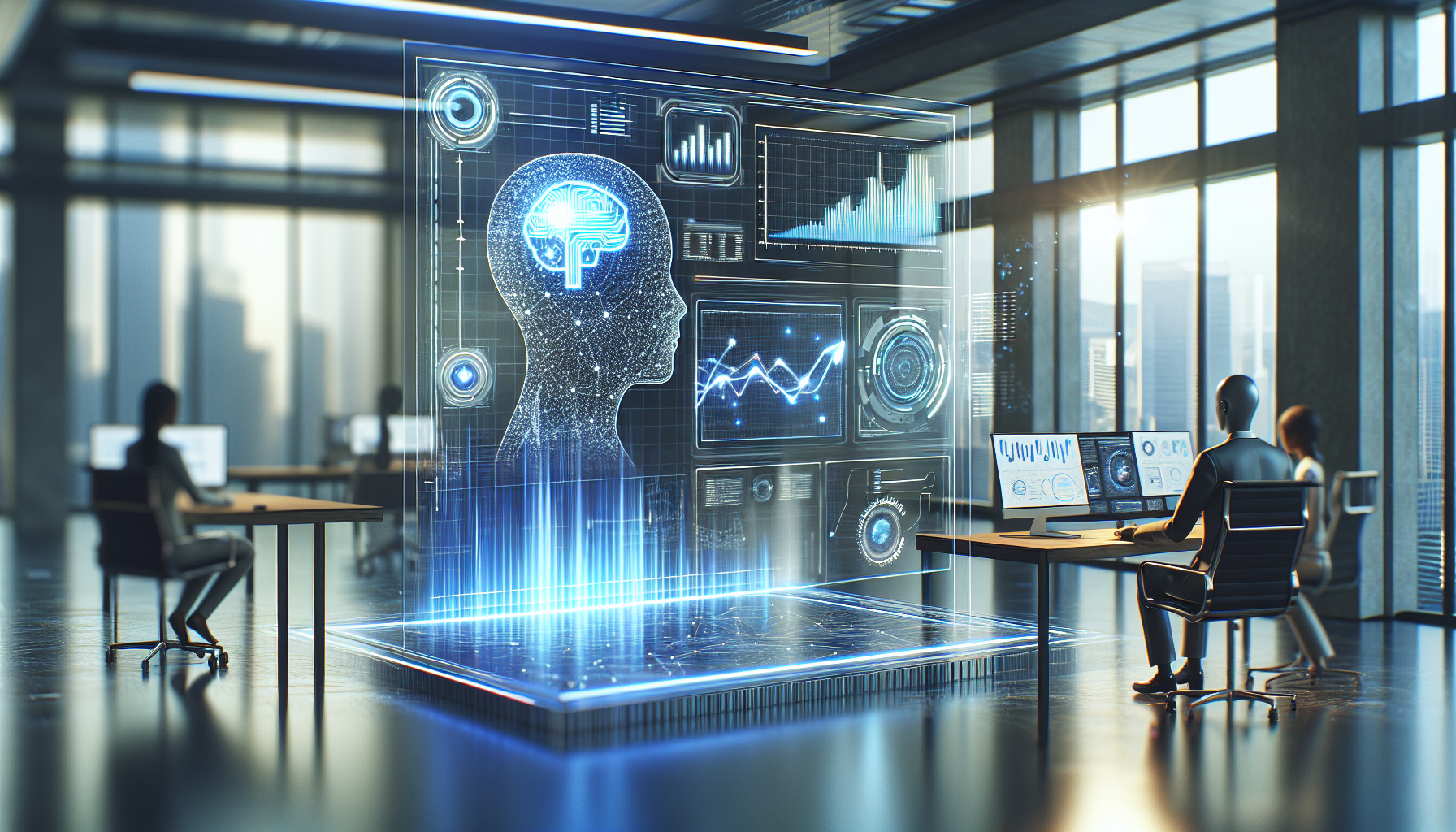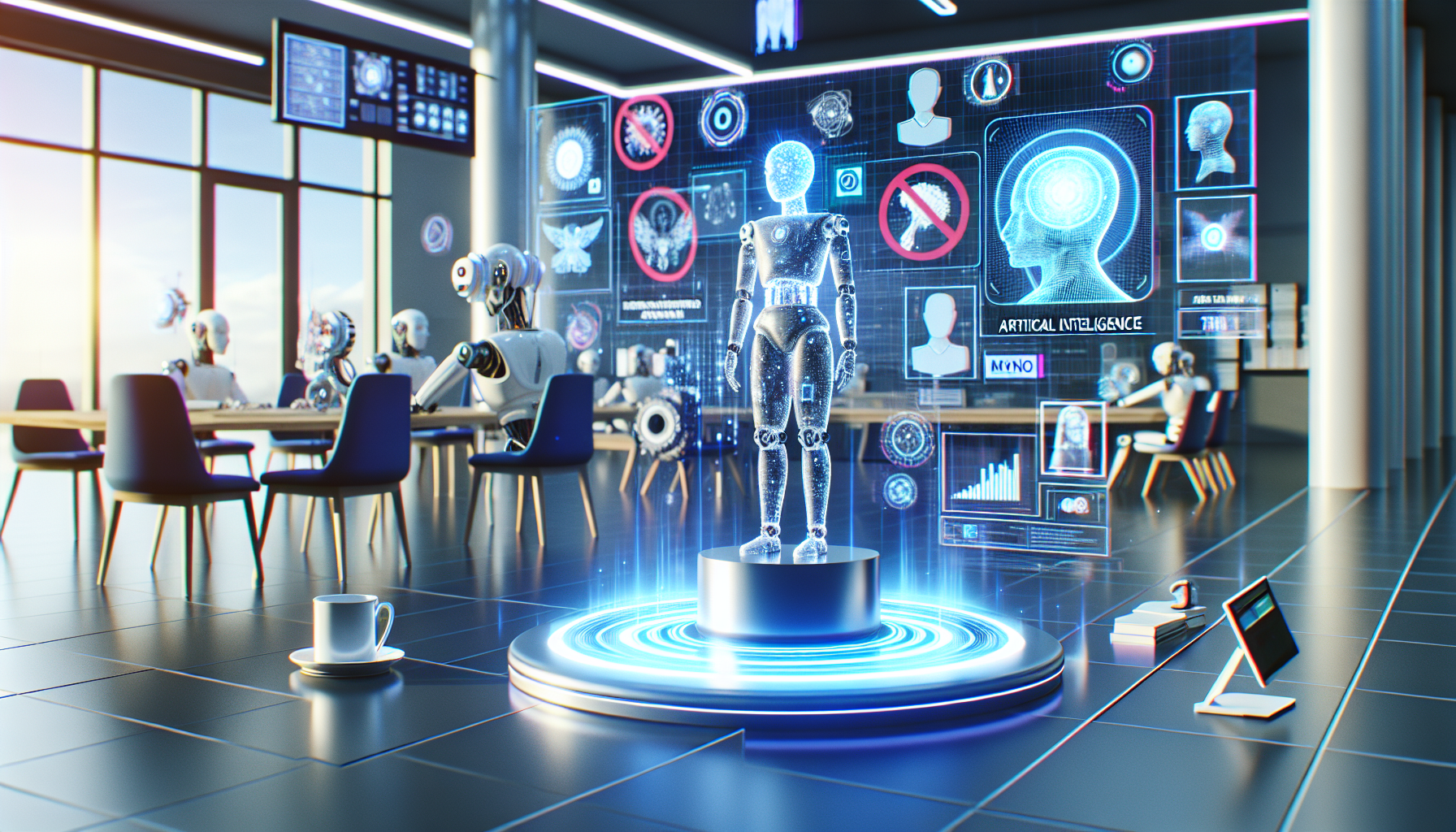
AI and Robotics: A New Era of Human-Machine Collaboration
October 8, 2025
Picture this: a world where humans and robots work side by side, not as mere tools or subordinates, but as partners in innovation. The fusion of artificial intelligence and robotics isn't just a sci-fi fantasy—it's happening right now, transforming industries from healthcare to logistics. But what does this mean for the future of work and human-machine collaboration? Let's dive into the fascinating interplay between AI and robotics, exploring how these technologies are reshaping the way we live and work.
Imagine a factory floor buzzing with activity. Here, robots equipped with AI are not just lifting heavy loads but learning from their human counterparts. Unlike the repetitive machines of yesteryears, these advanced robots can adapt to changes, identify anomalies, and even make decisions. It's like having a colleague who never tires, always learns, and constantly improves. This symbiotic relationship allows humans to focus on creative and strategic tasks, while robots handle the mundane and hazardous jobs.
Now, think about the healthcare sector. AI-powered robots assist surgeons with precision that was once thought impossible. These robotic systems can analyze complex data sets in real-time, providing surgeons with insights that enhance decision-making. As a result, surgeries become safer and more efficient, reducing recovery times for patients. It's a powerful example of how AI and robotics can combine to elevate human capabilities, allowing medical professionals to save more lives.
The logistics industry also showcases the dynamic collaboration between humans and machines. AI-driven robots in warehouses can sort, package, and transport goods with remarkable speed and accuracy. This not only streamlines operations but also minimizes human error. Employees are free to manage more complex logistical challenges, improving overall efficiency. The result is a faster, more reliable supply chain that benefits both businesses and consumers.
But what about the lesser-known aspects of this collaboration? Take, for instance, the realm of agriculture. Here, AI-equipped drones are revolutionizing farming practices. These drones monitor crop health, analyze soil conditions, and even deploy targeted treatments, ensuring optimal yield. Farmers can make data-driven decisions, enhancing sustainability and productivity. This partnership between AI and agriculture is a testament to the untapped potential of human-machine synergy in sectors we might not immediately consider.
However, this brave new world isn't without its challenges. As AI and robotics become more integrated into our daily lives, questions about ethics, privacy, and job displacement arise. How do we ensure that AI systems make decisions that align with human values? What measures can we take to safeguard sensitive data from potential breaches? And perhaps most pressing, how do we prepare the workforce for a future where machines take on more significant roles?
Education and continuous learning are crucial. By equipping individuals with the skills to work alongside AI and robots, we can foster an environment of collaboration rather than competition. Emphasizing creativity, emotional intelligence, and problem-solving will be key, as these are areas where humans naturally excel over machines. Additionally, creating policies that promote ethical AI development and deployment will help mitigate risks associated with this technological evolution.
As we stand at the intersection of AI and robotics, it's clear that the potential for human-machine collaboration is vast and exciting. The key lies in harnessing these technologies responsibly and creatively, ensuring that they complement rather than replace human efforts.
So, what will the future of human-machine collaboration look like? Could we see a society where robots are not just tools but partners in every sense of the word? The possibilities are endless, and only time will tell how these relationships will evolve. But one thing is certain: the journey will be as intriguing as the destination, inviting us to continually question and explore the boundaries of what's possible.


